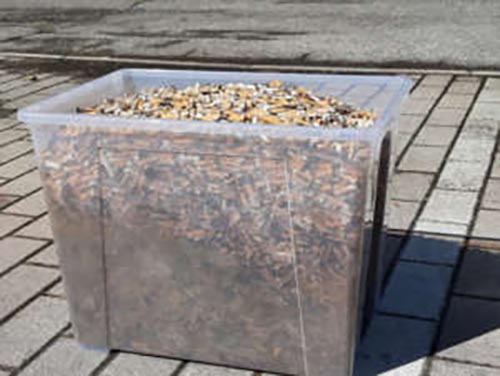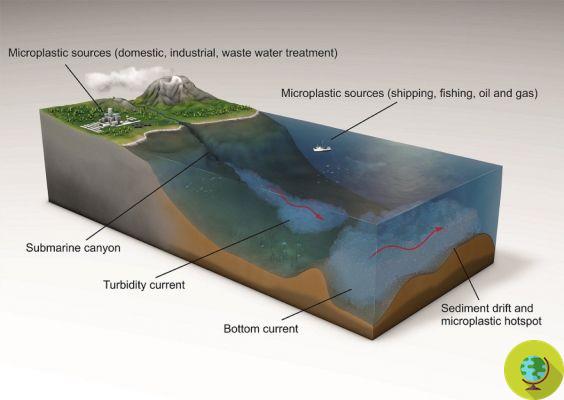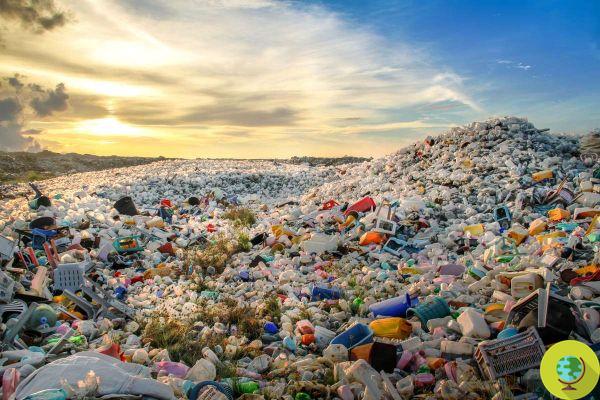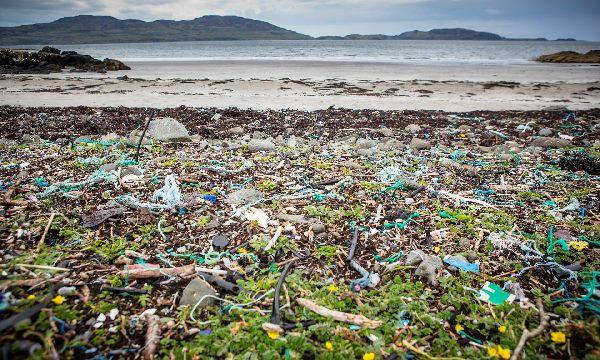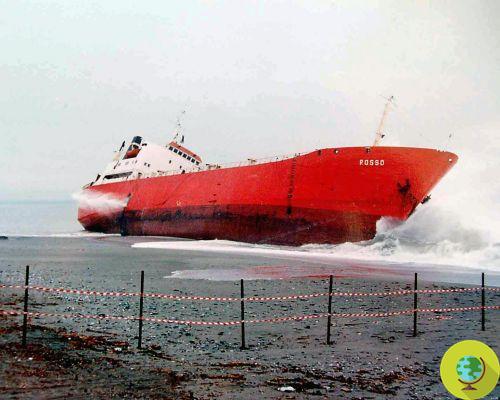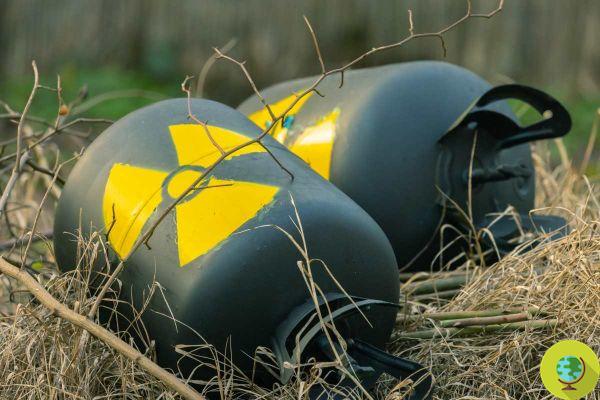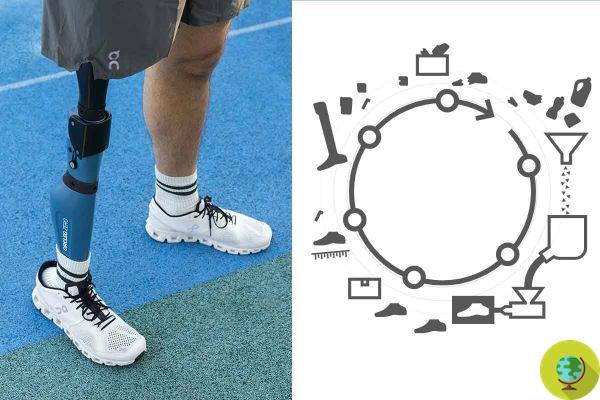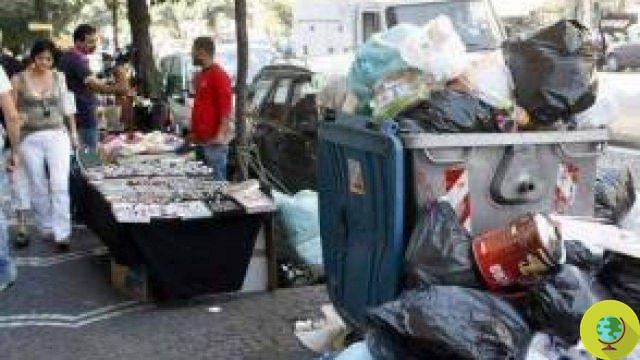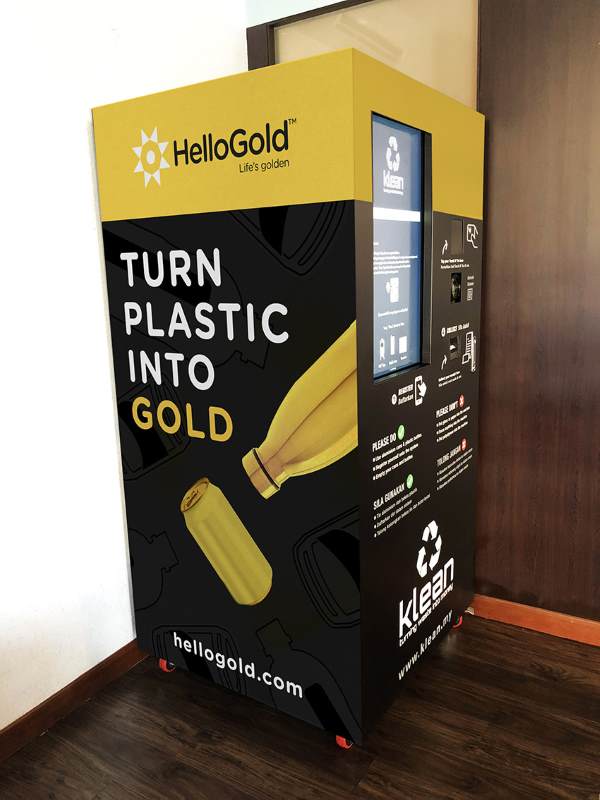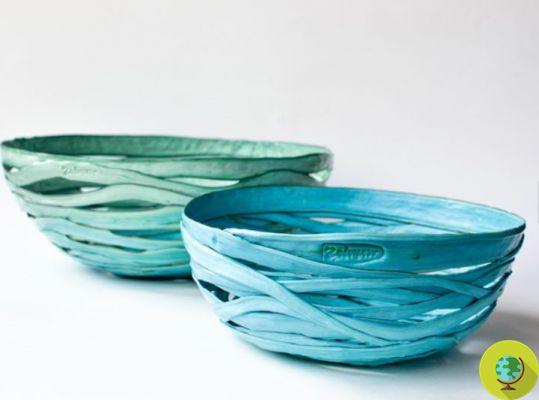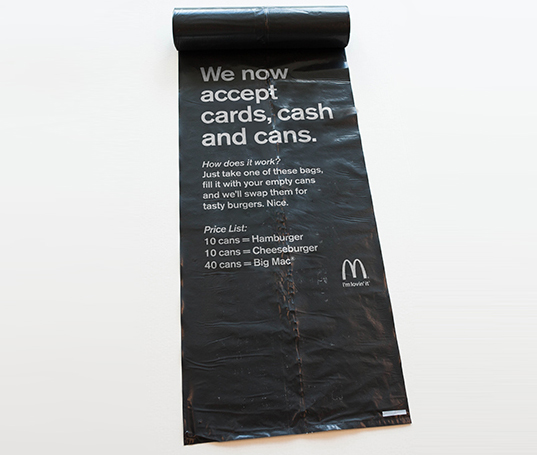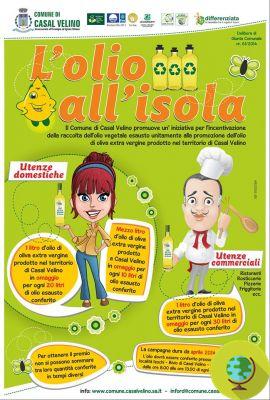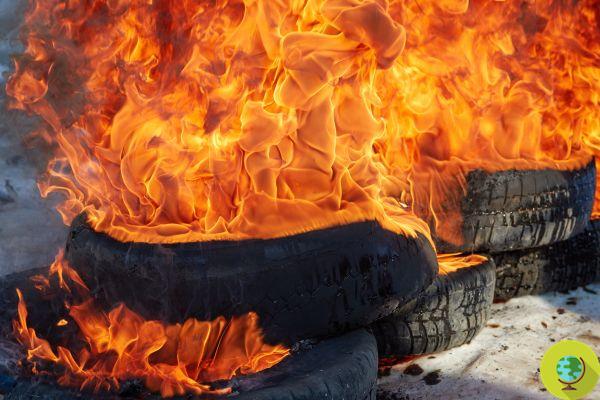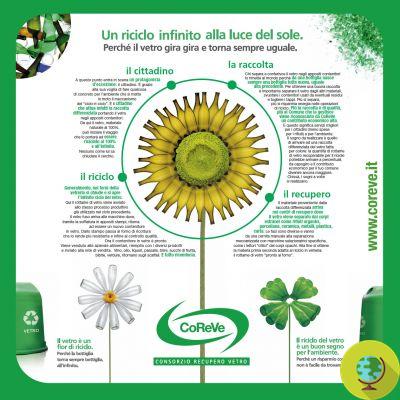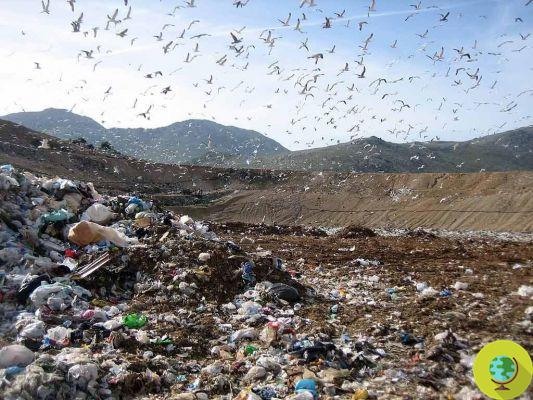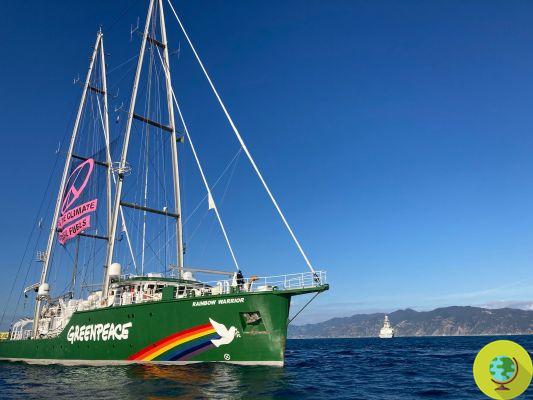This year, 10 tons of waste from Everest was collected, which was then used to make everyday items and design objects
Our planet is now invaded by waste that spares no place on the globe, from the deepest ocean to the highest mountain.
I abandoned waste however, they can become a resource if they are recovered and used to create new objects. In this way, on the one hand, the environment is freed from garbage and on the other, the production of new raw materials for the creation of new items is avoided.
The Nepalese government, together with the Blue Waste to Value organization that deals with the recycling of waste, has done exactly that recovering the garbage from Mount Everest.
Tons of waste, including empty cans, plastic bottles, and gas cylinders abandoned by tourists, pollute the mountain, which has been dubbed "the highest landfill in the world".
After numerous criticisms of the condition of one of its major natural resources, this year the Nepalese government organized acleaning operation on Everest, which lasted six weeks.
To collect the garbage from the mountain, the government sent a team of mountaineers and support personnel who, during a climb of about 8000 meters, recovered over 10 tons of waste.
The garbage was then transported to the Kathmandu recycling center where workers manually sorted the collected materials, dividing iron, aluminum and plastic.
“We received a mix of materials from Everest - aluminum, glass, plastic, iron - many of which could be recycled,” explained Nabin Bikash Maharjan of Blue Waste to Value.
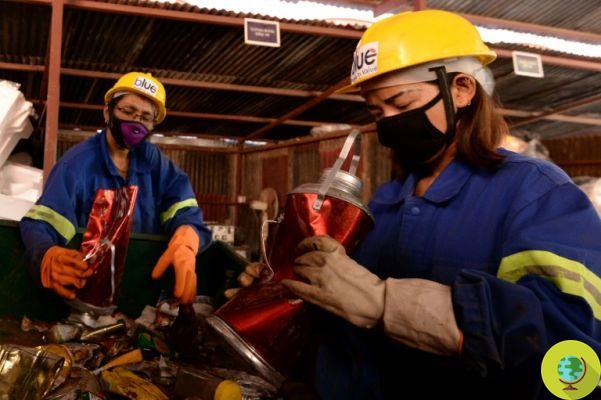
Sorting of waste collected on Everest. Source AFP
The sorted material was finally sent to local companies and used to produce iron bars, household utensils and other common items such as lamps and glasses.
The recovered waste was also transformed into ecological and sustainable design objects, which are now showcased in five-star hotels, upscale restaurants, and luxury homes.
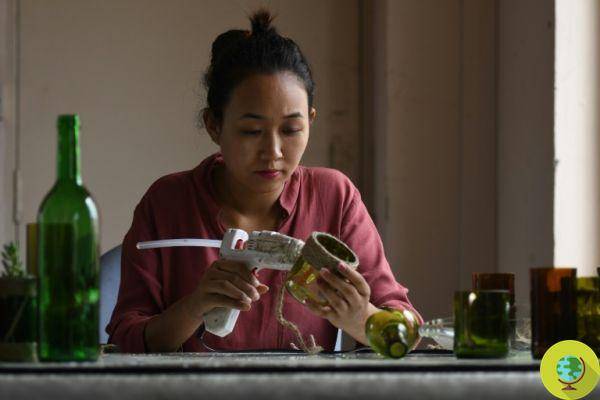
Glasses produced with the bottles collected on Everest. Source AFP

Glasses made from the waste collected on Everest. Source AFP
The project will not end with this operation, as this year's cleanup only collected a small portion of the trash on Everest.
In fact, a new waste disposal plant at 3000 meters is nearing completion, which will recover garbage from the mountain and process it by collaborating with artists and designers to create new products from waste.
Unfortunately, however, all these efforts will not be enough to completely free Everest from waste.
Some places littered with garbage are difficult to reach and mountaineers would risk their lives to go and recover the waste. Reaching certain areas is so dangerous that not even the bodies of some of the mountaineers who died during the excursions have been recovered.
In addition, in addition to the garbage abandoned in recent times, the melting of glaciers caused by global warming it is revealing years old waste and the sources of water downstream of the Himalayan peak are contaminated with substances of all kinds.
It will take a long time to clear Everest from waste and for several years numerous initiatives have been carried out to collect as much garbage as possible, including that of reimbursing part of the fee paid by climbers to tackle the mountain and ask the approximately 50 thousand tourists who visit the area every year for collaboration, welcome to collect a kilo of garbage when hiking.
Recycling is not the only solution and, in the long term, it is necessary prevent littering. For this reason, last August the authorities announced that starting from 2020 it will be forbidden to carry plastic bottles and single-use plastic items during excursions and climbs.
Read also:
-
- Too much human excrement on Everest: here is the device that promises to solve the problem
- Too much garbage, Everest is a landfill and China forbids access to tourists
- Everest covered in human waste and excrement
Tatiana Maselli
cover photo




